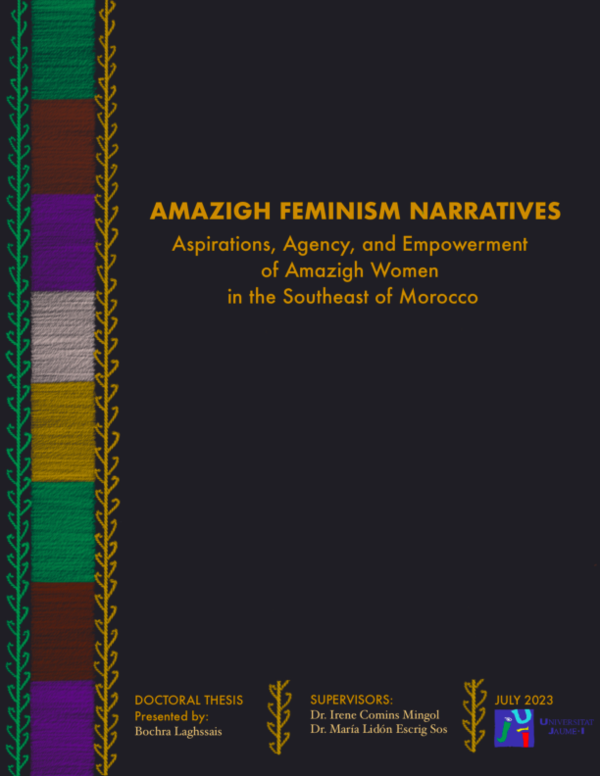- Published on
The Sacred Oral Traditions of Amazigh Storytellers Preserving Berber Culture
- Authors

- Name
- Adil ABBADI
Introduction
In the heart of Morocco's Atlas Mountains, where the air is crisp and the landscape is dotted with ancient villages, lies a rich cultural heritage that has been passed down through generations of Amazigh storytellers. The sacred oral traditions of these Berber storytellers are a testament to the resilience and creativity of Morocco's indigenous people, weaving a tapestry of myths, legends, and historical events that continue to captivate audiences to this day.

- Cultural Context
- Traditional Significance
- Modern Relevance
- Cultural Preservation
- Conclusion
- Cultural Call-to-Action
Cultural Context
The Amazigh people, also known as the Berbers, are the indigenous inhabitants of North Africa, with a history dating back over 4,000 years. Despite being marginalized and oppressed throughout history, the Amazigh have managed to preserve their unique cultural identity, language, and traditions. Storytelling has played a vital role in this preservation, serving as a means of passing down historical events, myths, and cultural values from one generation to the next.
Traditional Significance
In Amazigh culture, storytelling is a sacred art form that is deeply rooted in tradition and spirituality. Storytellers, known as "imidyan," are revered as guardians of the community's collective memory, tasked with sharing tales that educate, entertain, and inspire. These stories often revolve around the struggles and triumphs of the Amazigh people, as well as their deep connection with nature and the land.

Modern Relevance
In modern times, the sacred oral traditions of Amazigh storytellers continue to play a vital role in preserving Berber culture. Despite the challenges posed by urbanization, globalization, and cultural assimilation, Amazigh communities are working tirelessly to promote and preserve their cultural heritage. Storytelling festivals, language classes, and cultural workshops are just a few examples of initiatives aimed at keeping the flame of Amazigh culture alive.
Cultural Preservation
Efforts to preserve and promote Amazigh cultural heritage are underway, with organizations and individuals working to document and digitize oral traditions, as well as provide training and resources for young storytellers. The Moroccan government has also taken steps to recognize and support Amazigh culture, including the establishment of the Royal Institute of Amazigh Culture.

Conclusion
The sacred oral traditions of Amazigh storytellers are a testament to the power of cultural preservation and the importance of storytelling in shaping our collective identity. As we navigate the complexities of modern life, it is essential that we continue to cherish and celebrate the cultural heritage of Morocco's indigenous people, ensuring that the rich tapestry of Amazigh culture remains vibrant and alive for generations to come.
Cultural Call-to-Action
As we delve into the world of Amazigh storytelling, we are reminded of the importance of cultural appreciation and respect. Let us celebrate the diversity and richness of Moroccan culture by supporting initiatives that promote cultural preservation and exchange. Let us also take the time to listen to the stories of the Amazigh people, and allow their ancient tales to inspire and educate us.
